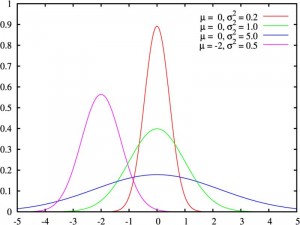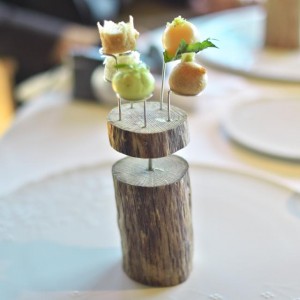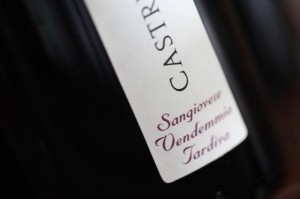Long-time wine drinking friend Prof K writes from Melbourne.
I was doing a re boxing of some of the oldies in the cellar earlier this afternoon and found a slight leak in one of the old Chateau Tahbilk boxes. This lead me to a 1965 Chateau Tahbilk* commercial [as distinct from their Reserve Bin labels] Shiraz. I figured that with an inch of ullage I couldn’t sell it, so off to find the muslin, funnel and carafe and corkscrew.
Well. Hugh Johnson’s comments in his pocket wine guide in the mid 1960s echoed true. â€Chateau Tahbilk has some of the finest commercial reds, and the reserve bins are outstanding and great value….â€
Was this ‘once upon a time’, quote still valid? Well for the humble ’65 Shiraz (deserving of a reserve status) Hugh’s words were an understatement.
The wine threw little crust and surprisingly passed the 100 watt globe test. (Viz, you couldn’t see through the wine to see the 100W globe). The nose was a little dumb, perhaps allowing for the ullage, but still with some perfume.
The colour was a balance between red and chocolate, with the red just winning out, but the fruit was unexpectedly MASSIVE. Not at all a limp, tannic dull wine, but potentially pickable as a declining 12 or 15 year old heavy fruited commercial red. This wine is now 48 years of age. (1965 was my last year of primary school). The palate saw the fruit very much overpower the tannins, producing a full, across the palate dry finish of big fruit and solid underlying tannins.
An unbelievable red for its mere commercial nature. But again, the range of 1962, 64, 65, 66.68 and 69 Tahbilks are a legend to the Aussie cognoscenti but not to the world at large. Tsk Tsk, a shame!!!
For the unquestioning believers of the trite wine authors that suggest few wines can peak past 20 years I would suggest that several icons can certainly last the 40 year mark, this being one of them.
*The brand name Chateau Tahbilk later changed to Tahbilk.


